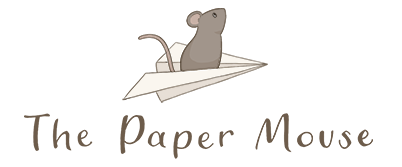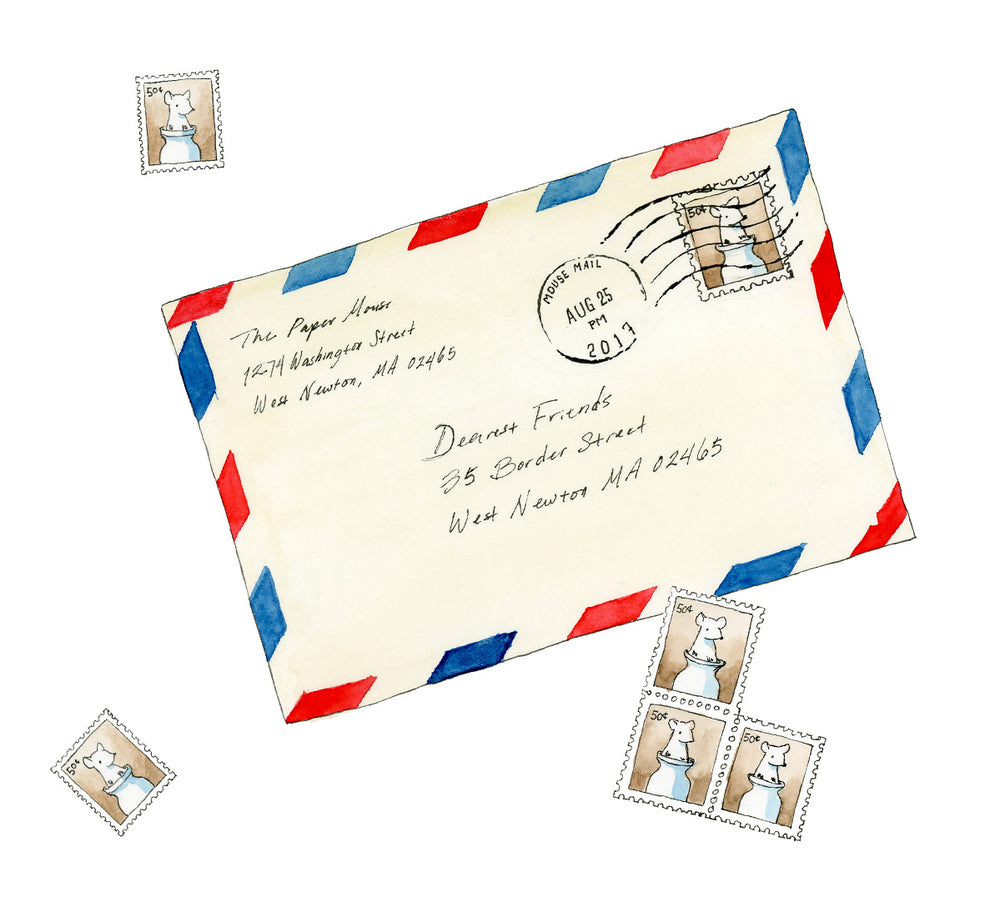Keeping Your Desk Organized

Today’s design aesthetics project the image of a minimalist life, where our desktops are blank slates with very few accessories. Flip through a furniture catalog or a home magazine and you’ll see photos of simple, clean desks displaying a laptop, a houseplant, and a coffee cup—maybe a notepad and a couple of pens. But if you’re a stationery fanatic, it’s hard to look at these photos and imagine housing your extensive pen collection, your arsenal of washi tapes, your array of notebooks, your writing paper and greeting cards, and your favorite art supplies on these minimalist desks.
Still, even though a stationery lover might consider such a desk sterile and unnatural, there’s wisdom in a work environment that leaves you enough space to function. So how are you supposed to keep your workspace clear and organized while still enjoying your favorite stationery?
Triage Your Tools

The first order of business is to triage your desk tools. Set aside the items you reach for every day—beloved pens, most-frequented notebooks, oft-consulted references, daily notepads—whatever your personal favorites may be. You’ll prioritize these items when you organize your workspace to make sure they’re within arm’s reach.
While you’re deciding which tools to keep on hand, keep in mind that your choices can also be aesthetic or aspirational. Do you have a gorgeous stapler that you love to look at? Or do you wish you wrote with your dip pen and calligraphy ink more often? Choose the items that make you happy to look at every day or that you want to be reminded to use, and set these aside in addition to your most-used stationery.
Keep Tools Visible

“Out of sight, out of mind” may be a hackneyed expression, but it’s true! We don’t use what we don’t see. Keeping our favorite stationery items visible reminds us that they exist, inspires us to use them, and prevents us from acquiring doubles. It also means we get to enjoy the sight of them, which is a great part of the pleasure of beautiful stationery! If you’ve got a collection of handsome pens and colorful inks, cute letter paper, or patterned washi tapes, you won’t enjoy them as much at the back of a drawer as you will if they’re proudly displayed.
Once you’ve chosen your favorite tools, it’s time to get a little creative! Since stationery varies greatly in size and shape, there’s no single container or method of display that will be right for everyone’s desk. Instead, categorize your tools by shape and type. You’ll look for containers or display options that will fit each type of tool while keeping them off your desktop, so your workspace stays clear.
Go beyond generic desk organizers to look for containers that will fit the specific items you want to display, even if they weren’t designed for organizing desk tools. A magnet bar for kitchen knives is a great way to store scissors, rulers, and other metal desk tools. A workbench pegboard can be used for hanging all kinds of stationery.
Go Vertical

To help keep your work surface clear, consider using vertical space to add storage by hanging items on the wall or placing a small bookshelf at the back of your desk. If you use a lot of notebooks or reference books, for instance, a wine crate makes a great miniature bookshelf to hold them. If you’re particularly proud of your fountain pen collection, hanging a special pen rack on the wall will let you enjoy them every day while keeping them off your desk. If you have a splendid ink collection, look for a curio shelf where you can see all the colors easily.
A common source of desktop clutter is loose papers (to-do lists, scribbled notes, sketches, and bills, for example). If you have a lot of loose papers floating around on your desk, consider using a cork board or magnet board to help clear the desk.
Avoid Layering

In the spirit of keeping items visible, remember this one crucial rule while you’re organizing your desk: avoid layering. Storing items on top of each other inevitably ends in frustration, whether you’re tossing papers in a drawer, stacking notebooks on top of one another, or keeping a catch-all box for your paper clips, rubber bands, erasers, sticky notes, and staples. Keep this rule in mind especially when you’re organizing your secondary stationery items, the ones you don’t reach for every day but still want to keep handy at a moment’s notice.
If you’re blessed with a desk that has drawers, they’re a great place to store secondary items. But items in a drawer are already out of our immediate line of sight, so we want to make sure not to exacerbate the problem by layering. Inside your drawers, use smaller boxes (without lids, so the contents are easy to see) to sort little items like paper clips and erasers. Try to store sticky notes, checkbooks, and notepads vertically with the spines facing up, so you can see them easily at a glance, instead of stacking them on top of each other.
If you don’t have drawers or your drawer space is limited, you can use boxes and other containers to similar effect. Favor shallow boxes over deep ones where the contents will get lost, and consider leaving off the lids or using transparent containers so you know what’s inside at a glance.
It’s hard to avoid layering when you have a lot of flat paper goods like greeting cards, notepads, and letter paper. A great trick for these items is stack them sideways inside a box so they’re standing up vertically instead of lying one on top of another. This way it’s easy to flip through your collection.
Do you have a creative method for organizing your stationery? Let us know in the comments below! And check out our Desk Organization Collection for some handy containers to help you keep things neat.



Leave a comment